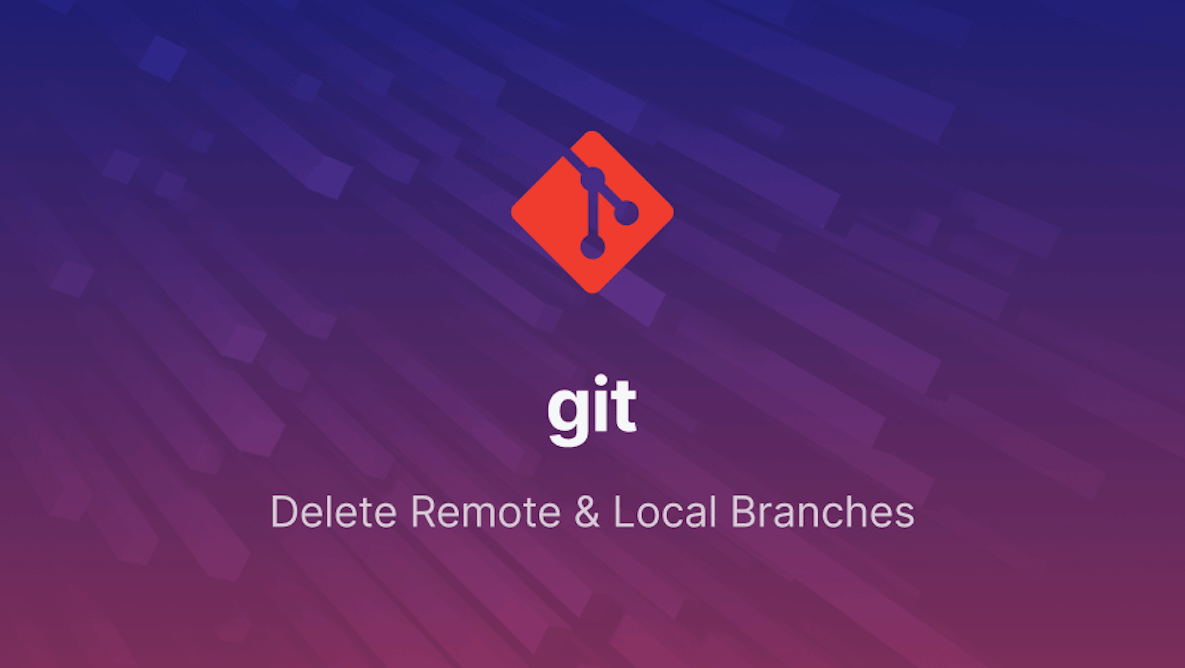How to Edit a crontab
Crontab is a powerful scheduling tool in Unix-like systems. This article provides a comprehensive guide on using crontab, covering the basics of creating a crontab, setting up environment variables, scheduling jobs, and error handling.


















































